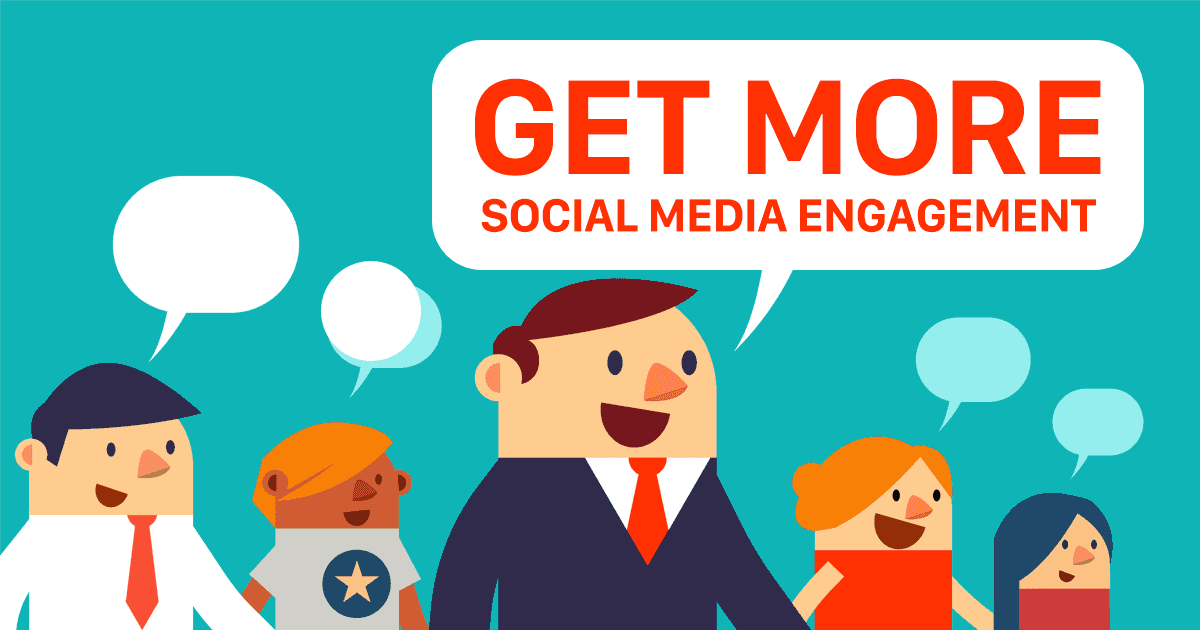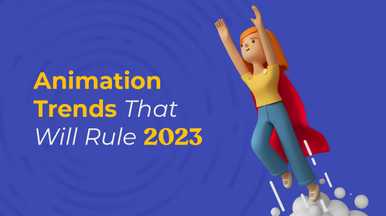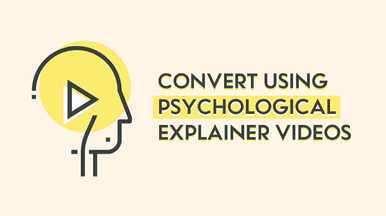The digital world has become tremendously noisy. Every day, the average consumer is bombarded with content from brands, because it has become that easy to do so.
Create some communication collateral, choose a target audience, buy access to this audience at a nominal budget and click publish and voila!
You’re in the faces of thousands of prospective users and buyers. But that’s the thing about something that’s so easy to do-everybody can do it!
So how do you stand out – That’s the name of the game for most social media managers. Fake likes and fake followers are aplenty, and the importance of these vanity metrics is reducing by the day.
The north-star metric for social media assets is and has always been engagement. How to evoke an intended reaction from an audience?
A lot of promotional marketing boils down to this. With a multifold increase in “social noise” that social media users encounter on a daily basis, achieving favourable engagement metrics have become tremendously difficult for many social media managers.
There is no one formula to achieve engagement on social media. What works for one brand or industry might not work for another.
Audience groups are vastly dissimilar, so there isn’t a one size fits all solution for increasing social engagement. However, there are some social media fundamentals, when adhered to consistently, increase your chances of achieving higher social engagement.
The tips mentioned in this article are tried and tested methods and frameworks that have been common in many high engagement social media properties.
Here are 4 methods that will help you improve engagement on your social media properties.
Know your audience and platform.

This point covers two important components of marketing — your target audience and your distribution channel.
As you’re building a product or solution for an intended target audience, you must build out personas of various potential users. Some questions you can answer are as follows-
- What lingo and tone does the majority of your audience use and how do they prefer to communicate?
- Are they casual and informal?
- Are they strict and official?
- What issues are important to them?
- What is funny to them?
- What topics are sensitive to them?
The answers will often dictate your brand tone and adhering to this tone will help you relate to your audience more. This will also dictate the topics you choose to talk about, which will make your brand more likeable to them.
While you’re identifying your audience, you’re also aware of where you would find them.
Looking to target teenagers and young adults for your t-shirt brand? Facebook, Instagram and Twitter it is.
Looking to target professionals for your new ERP? LinkedIn, Slideshare and Quora (to an extent) it is. Once you’ve identified your platforms, it is important to stick to norm of the platform.
Being overly formal on Facebook will make you come across as an uptight brand and make you look severely out of place on the platform. Similarly, gifs and memes on LinkedIn will do more damage than good to your credibility and trust as a brand.
Create engaging content

As obvious as this sounds, creating engaging content is the surest way of getting social engagement. The problem lies in the fact that not many brand managers know what engaging content is.
Being clued into your audience and being a part of their world will greatly help, but this isn’t always possible. Engaging content can be, to an extent, put into the following buckets-
- Humorous – less professional platforms are very reactive to humour.
- Informative – everyone loves to learn new things.
- Thought provoking – A different perspective on things is always invited.
- Controversial/Polarising opinions – Strong opinions, within reason, makes engaging content, and will spurn off some discussions.
Be consistent

This is probably the most understated skill in social media. Once you’ve locked in on your audience set and the platform you’re going to reach them on, consistency (without sounding too cliched) is key.
It is important to become the brand that posts relatable and useful stuff, without fail, at predictable times of the day. A very useful post one day, followed by three days of silence (unless that’s your chosen posting frequency) won’t help you stay in the minds of your audience.
Furthermore, platforms reward consistency – this is why many brands get astronomical responses on their social media posts without having to sponsor it.
Have set times when you target your audience. Ideally, an early morning slot and a late evening slot works for most people.
However, this can be different for some audience groups that are active on social media only at one time of the day. In these cases you can increase posting frequency only at those times.
But the important part is to keep at it and be regular.
Use Media

Did you know that over 70% of Facebook’s content is in the form of images. Pictures really do speak a thousand words (that’s 2 cliches for the article), and social media newsfeed algorithms are favourable to distributing digital media over plain text content.
With the demise of organic reach, companies are allocating budgets to promote their social media content and the effective use of images, gifs and videos helps them stand out.
Facebook specifically is vying to increase video content, and brands employing video marketing are seeing tremendous engagement benefits.
The autoplay function on Facebook and Twitter has made it easier to catch a user’s attention, if the video is well made. (On a related note, talk to us if you’re looking to make videos, talk to us!)
We create live action & explainer videos.







